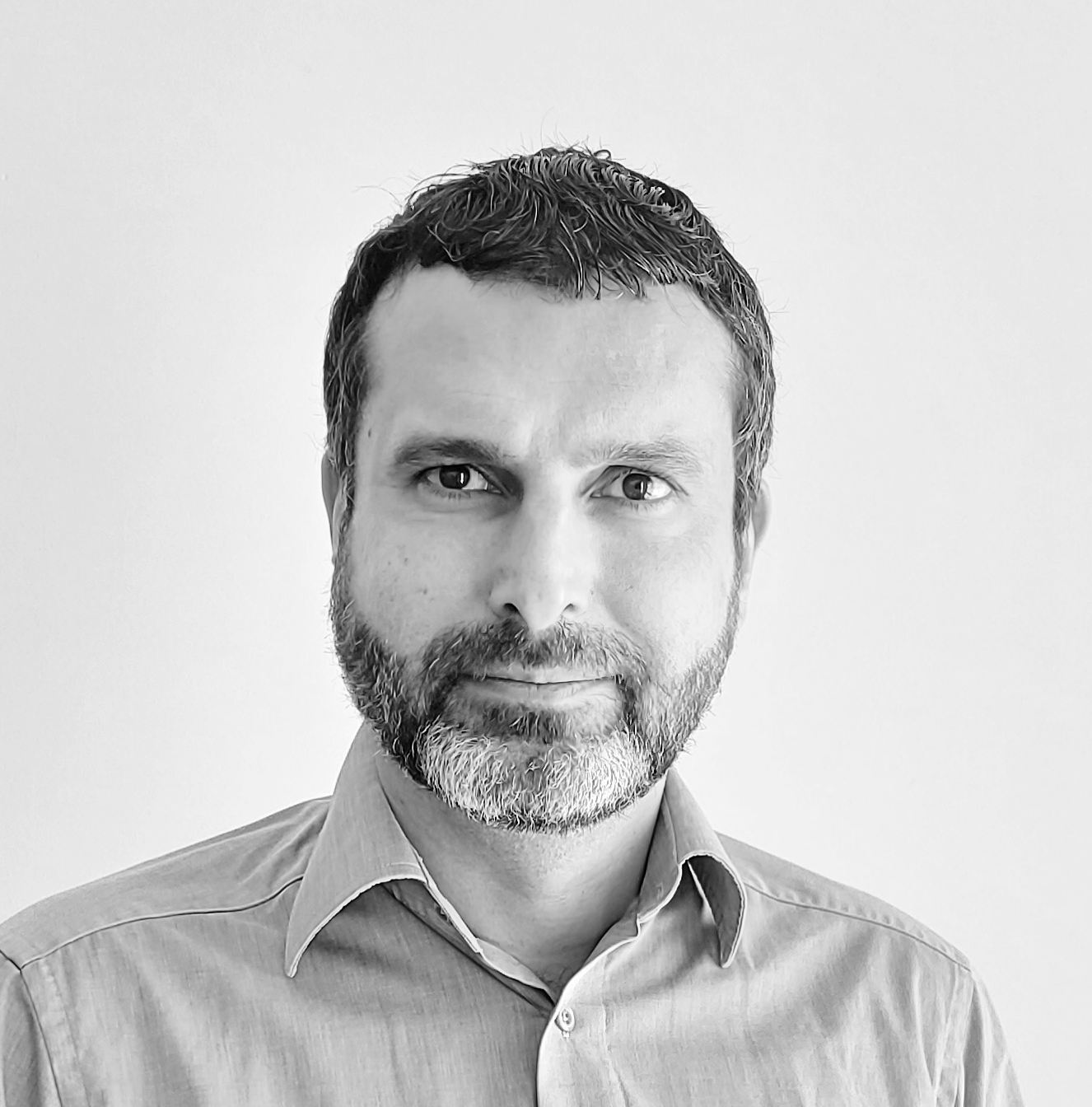Introduction to quantum communications and computing 🔗
This course introduces the fundamental concepts of quantum communication and computing. Starting from an experimental basis, we will motivate why the classical theory of probability is not able to model certain real physical systems. We will present a generalization of the concept of probability that allows us to model these experiments, as well as their (unexpected) consequences. Among the applications in communications are quantum cryptography, the use of quantum entanglement and the teleportation protocol. We will study the underlying principles of quantum computers and we will learn to program them exploiting the quantum parallelism. Finally, the current state and the future perspectives of quantum technology will be discussed.
Some of the course objectives are to:
Understand the fundamental differences between classical and quantum probability theories.
Describe mathematically a quantum state of a single qubit and that of several qubits.
Know and use the axioms that govern the evolution and measurement of a quantum state.
Model and analyze simple quantum communication channels and their cryptographic guarantees.
Implement and analyze a quantum computing algorithm.
Program
Unit 1. Introduction
Historical remarks
The polarization of a photon
Unit 2. Axioms of quantum mechanics
Binary quantum states and superposition
Combining systems: quantum entanglement
Evolution of a quantum system
Experimental verification: Bell's inequality
Unit 3. Quantum communications
Classical and quantum information
Modeling quantum channels
Communication protocols: teleportation
Quantum cryptography
Unit 4. Quantum computing
Quantum computers and their programming paradigm
Quantum computing algorithms
Programming a quantum computer
Perspectives and future
Course material
Class notes (in Spanish). Available online at /intro-cuantica/
